Art and Design in Context
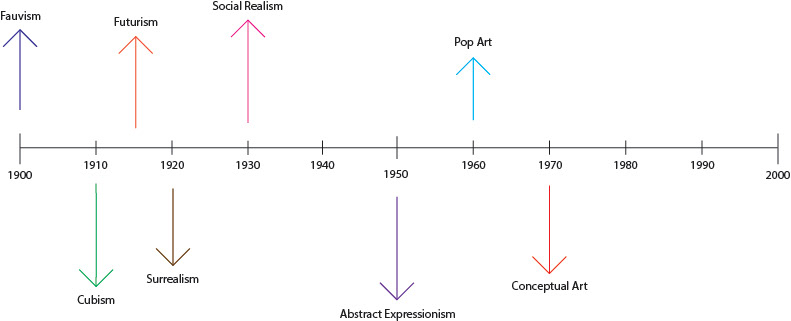
The tasks have been designed to enable me to investigate key trends, movement, styles and events in a chosen area of art and design and understand how these have affected the development of artists or designers work. I would gain an understanding of the work and use my investigations to influence the development of a personal idea and a final piece of creative work.
I could choose to investigate the historical development of artists, designers or craftspeople from any specialist area, for example – fashion, textiles, painting, photography, animation, illustration, sculpture, ceramics, printmaking and product design etc.
My investigation would help me identify one artist or designer of particular interest and then carry out a practical investigation into their work. This would be demonstrated through painting, drawing, sculpture or printing. My final piece of personal creative work can be reviewed against the work of the artist of designer who inspired me.
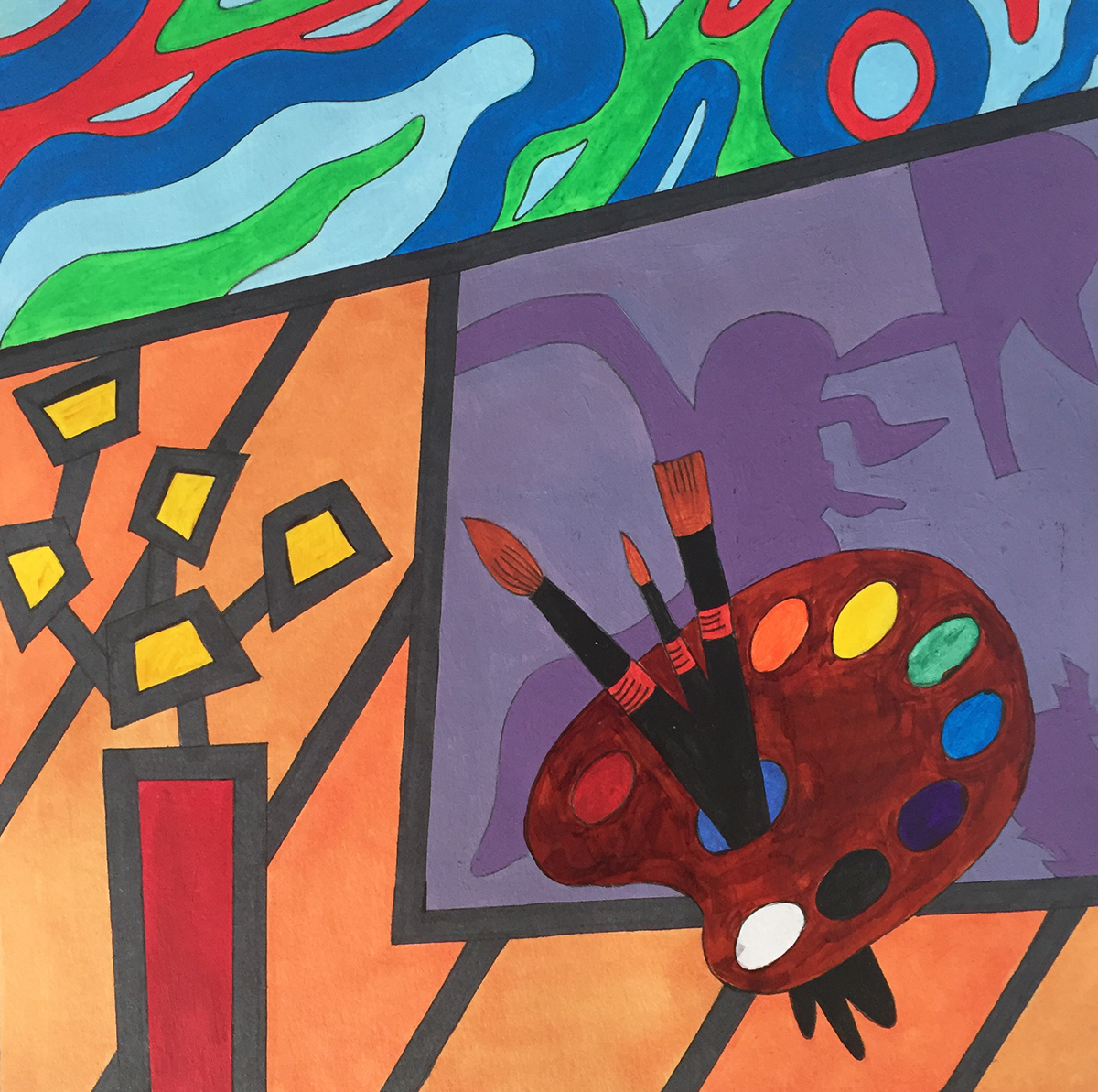
Fauvism is the name applied to the work produced by a group of artists (which included Henri Matisse and André Derain) from around 1905 to 1910, which is characterised by strong colours and fierce brushwork.
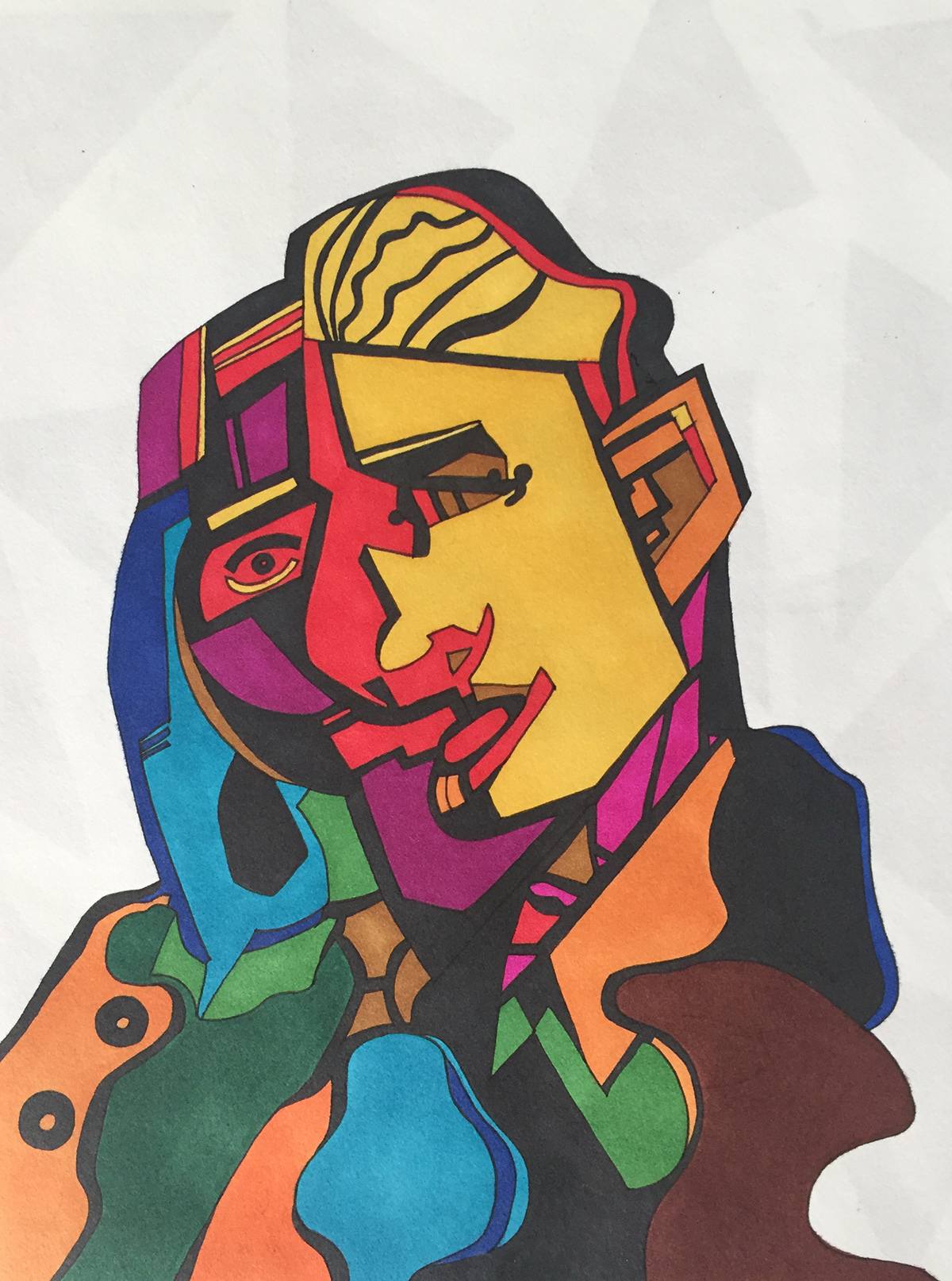
Cubism was a revolutionary new approach to representing reality invented in around 1907–08 by artists Pablo Picasso and Georges Braque. They brought different views of subjects (usually objects or figures) together in the same picture, resulting in paintings that appear fragmented and abstracted.

Futurism was an Italian art movement of the early twentieth century that aimed to capture in art the dynamism and energy of the modern world.
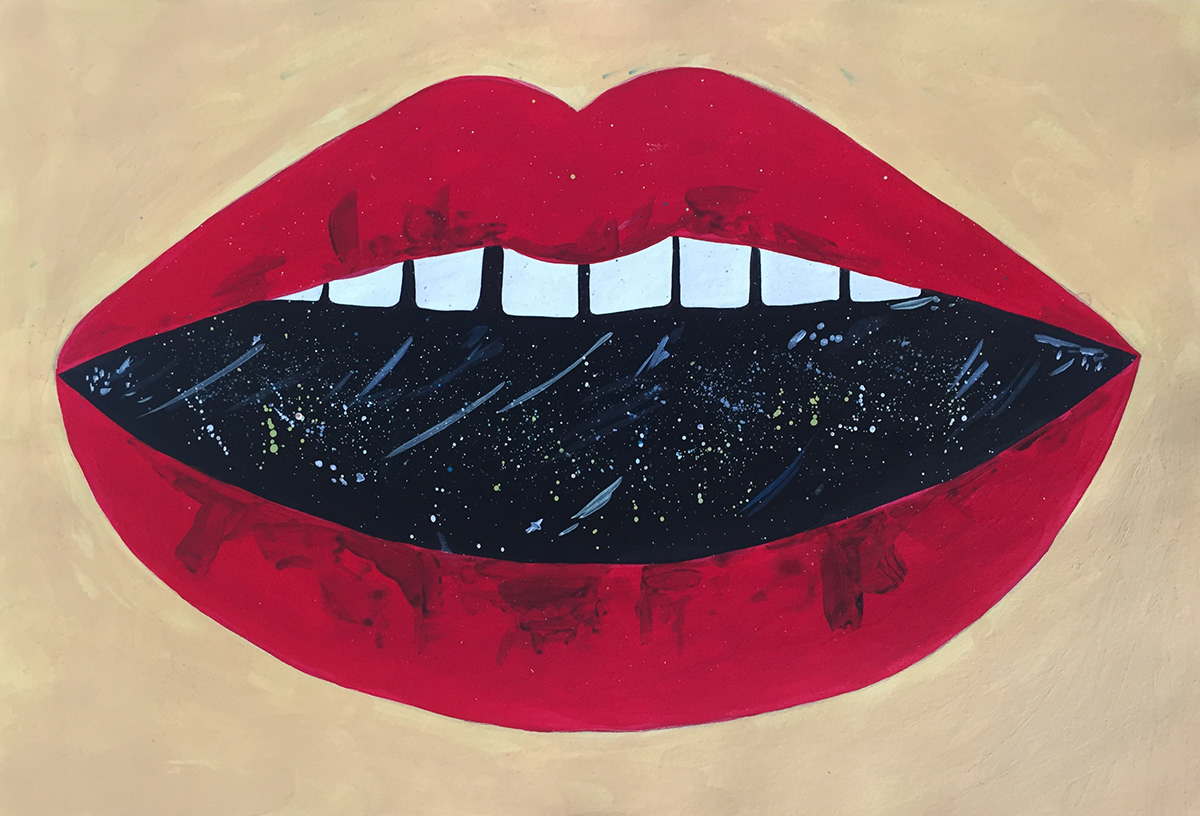
Surrealism is a twentieth-century literary, philosophical and artistic movement that explored the workings of the mind, championing the irrational, the poetic and the revolutionary.

Abstract expressionism is the term applied to new forms of abstract art developed by American painters such as Jackson Pollock, Mark Rothko and Willem de Kooning in the 1940s and 1950s. It is often characterised by gestural brush-strokes or mark-making, and the impression of spontaneity.
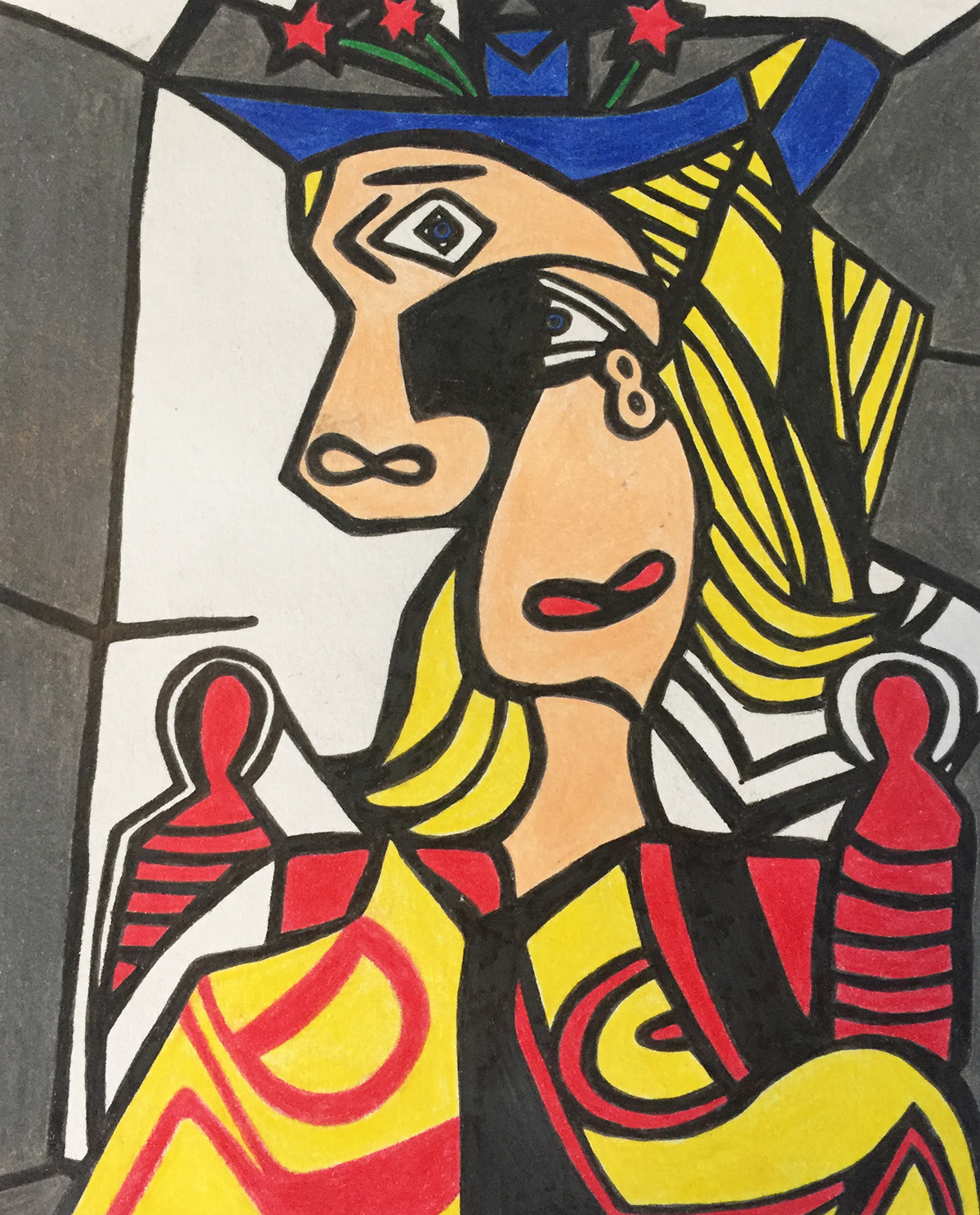

Pop art is an art movement that emerged in the 1950s and flourished in the 1960s in America and Britain, drawing inspiration from sources in popular and commercial culture. Different cultures and countries contributed to the movement during the 1960s and 70s.

Conceptual art is art for which the idea (or concept) behind the work is more important than the finished art object. It emerged as an art movement in the 1960s and the term usually refers to art made from the mid-1960s to the mid-1970s.
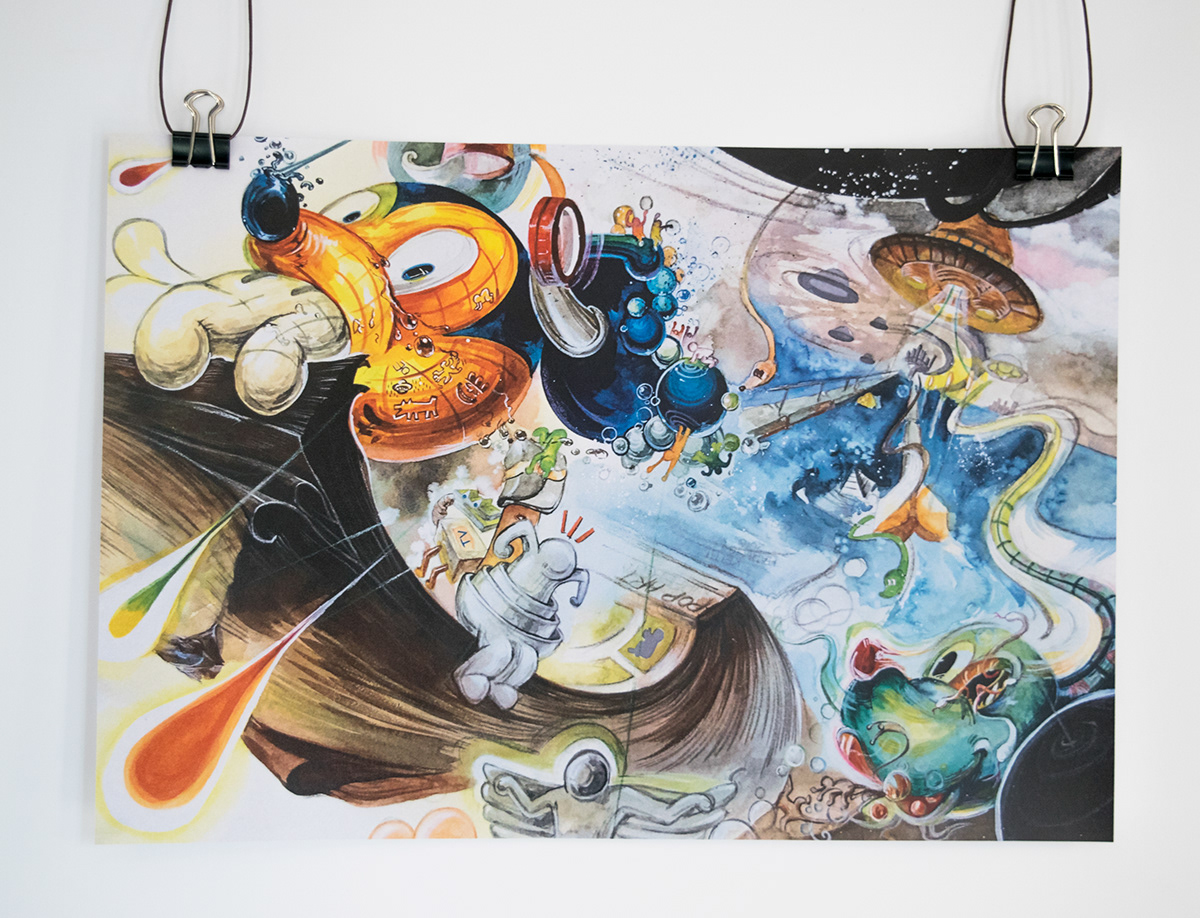
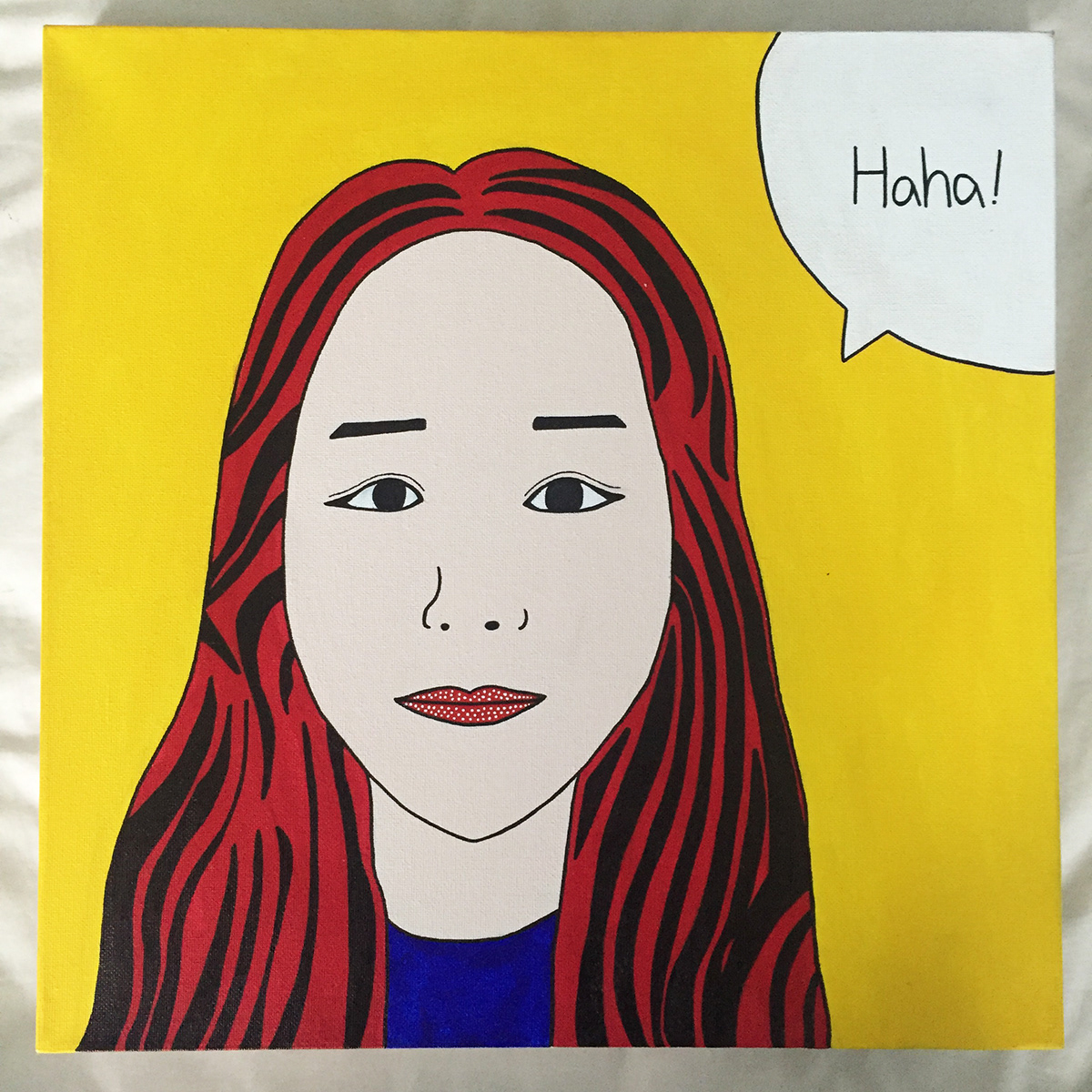
Pop art was the most interesting part of art movement and especially Andy Warhol and Kith Haring. My final piece is inspired by them and created it using their styles and techniques. In general, my final piece is mostly met with my intentions and inspirations.


